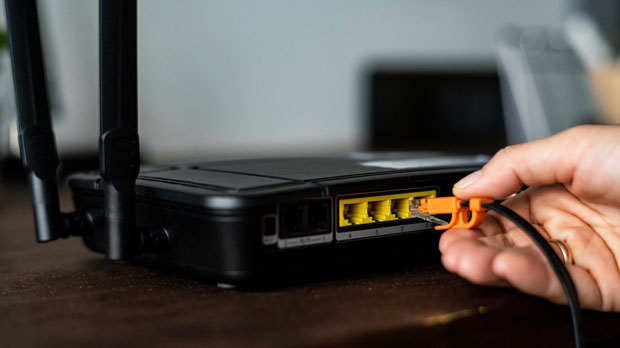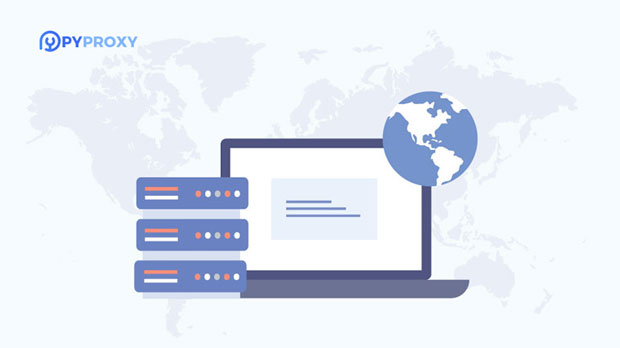In the world of online privacy and security, proxies play a crucial role in maintaining anonymity. VPNBook Proxy and PYPROXY are two popular tools used for this purpose, each offering distinct features and advantages. When subjected to HTTPS anonymity testing, users often question which of these two proxies provides better performance and security. This article delves into the differences between VPNBook Proxy and PyProxy, analyzing them from various angles such as performance, security, and anonymity in HTTPS tests, and exploring their suitability for different user needs. Overview of HTTPS Anonymity TestingHTTPS anonymity testing evaluates how well a proxy can conceal a user's identity while maintaining secure communication over the web. This process examines how effectively a proxy hides IP addresses, user-proxy details, and other identifying metadata, while ensuring that encrypted connections remain secure. In this context, the reliability of proxies like VPNBook and PyProxy can vary, and understanding their strengths and limitations is key for users concerned about their privacy.1. Performance Comparison: Speed and LatencyOne of the primary concerns when using proxies for HTTPS traffic is the speed and latency of the connection. Proxies can significantly impact the overall browsing experience, especially for tasks that require real-time data transfer, such as streaming or online gaming.VPNBook Proxy Performance: VPNBook Proxy is known for its stable performance, particularly in regions where direct access to the internet is restricted. However, due to the general use of free servers, VPNBook can sometimes experience slower speeds during high traffic periods. The latency may also increase, especially when connecting to servers located farther from the user's geographical region. While not the fastest proxy available, VPNBook performs reliably for basic browsing and light tasks.PyProxy Performance: PyProxy, on the other hand, is designed with a focus on speed and performance. The proxy service is optimized for low latency and higher throughput, which makes it an ideal choice for users who prioritize a fast browsing experience. However, PyProxy's speed can also vary depending on the server load, and users might experience occasional slowdowns during peak times.Conclusion on Performance: When comparing performance, PyProxy generally offers better speed and lower latency compared to VPNBook Proxy. However, both proxies are suitable for users who need basic privacy protection and are not engaged in high-speed activities like streaming.2. Security Features: Anonymity and EncryptionSecurity is the core function of any proxy, and the ability to provide a high level of anonymity while ensuring secure connections is essential.VPNBook Proxy Security: VPNBook Proxy provides basic encryption for HTTPS connections, which helps users secure their browsing activities. However, it has been criticized for not offering advanced security features, such as obfuscation or the ability to bypass deep packet inspection (DPI). This makes it a less reliable choice for users in highly restrictive or surveillance-heavy regions.PyProxy Security: PyProxy, while also providing secure HTTPS connections, tends to offer more robust security features. It includes higher-level encryption protocols and supports advanced privacy protections, such as masking user IPs and preventing DNS leaks. This makes it a more secure option for users who require higher levels of anonymity during their online activities.Conclusion on Security: For users looking for strong security and the ability to protect their anonymity in more demanding environments, PyProxy is the better choice due to its advanced security measures. VPNBook Proxy, though secure for casual users, lacks some of the enhanced security features offered by PyProxy.3. Proxy Features: User Control and CustomizationAnother critical aspect of proxy use is the level of control and customization offered to the user. Both VPNBook Proxy and PyProxy have their unique features that may appeal to different types of users.VPNBook Proxy Features: VPNBook is a relatively simple proxy with minimal configuration options. It is a great option for users who are new to proxies or those who require quick and easy access without the need for complex setup. However, this simplicity can be a limitation for more advanced users who may require deeper control over their proxy settings.PyProxy Features: PyProxy offers more flexibility and customization options compared to VPNBook. Users can modify various settings, including encryption levels, server locations, and protocols. This makes PyProxy a more appealing option for advanced users who need to fine-tune their proxy settings for optimal performance and security.Conclusion on Features: For users seeking more control over their proxy settings, PyProxy is the better choice. Its customizable features cater to those who need a more tailored experience, while VPNBook Proxy is more suitable for users who prefer simplicity.4. Reliability and Server AvailabilityThe reliability of a proxy, especially in terms of server uptime and availability, is another important consideration for users.VPNBook Proxy Reliability: VPNBook Proxy relies on free servers, which can sometimes lead to reliability issues. The servers may experience downtime or heavy traffic, which can negatively affect the proxy's performance. This is particularly true for users in regions with high demand for VPN services.PyProxy Reliability: PyProxy, on the other hand, generally offers a more reliable service with better server availability. While it may not be completely immune to downtime, PyProxy's paid services ensure more stable connections and reduced server congestion.Conclusion on Reliability: If server reliability is a top concern, PyProxy is the more dependable option, offering better uptime and consistency compared to the free service provided by VPNBook Proxy.5. Price and Value for MoneyWhile both VPNBook Proxy and PyProxy offer free and paid options, the value for money varies depending on the user's needs.VPNBook Proxy Price: VPNBook is a free proxy service, which makes it attractive for users looking for a no-cost solution for basic anonymity needs. However, free services often come with limitations, such as slower speeds, less reliable servers, and fewer features.PyProxy Price: PyProxy offers both free and paid plans, with the paid plans providing more reliable service, better speeds, and enhanced security features. While users will have to pay for premium services, the additional benefits make it a worthwhile investment for those who require higher performance and better security.Conclusion on Price: For users who are looking for a free proxy service with basic functionality, VPNBook Proxy is a good option. However, for those willing to invest in their privacy and security, PyProxy offers better value for money, especially for users who require advanced features and more reliable service.Conclusion: Which Proxy is Better for HTTPS Anonymity Testing?In conclusion, both VPNBook Proxy and PyProxy have their advantages and disadvantages when it comes to HTTPS anonymity testing. VPNBook Proxy is a solid choice for casual users who need basic protection without the need for high-speed performance or advanced security features. However, for users who prioritize fast speeds, stronger security, and more control over their proxy settings, PyProxy is the superior option.Ultimately, the choice between VPNBook Proxy and PyProxy will depend on the user's specific needs, including performance requirements, security concerns, and budget. For those looking for a reliable and feature-rich solution, PyProxy stands out as the more advanced and secure option.
Sep 09, 2025


































































